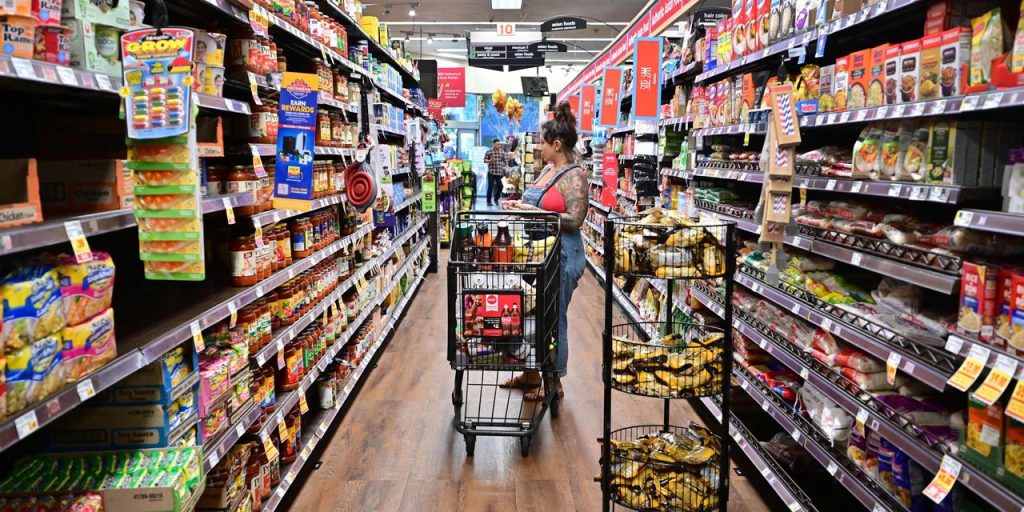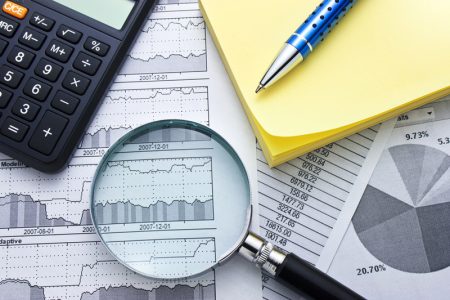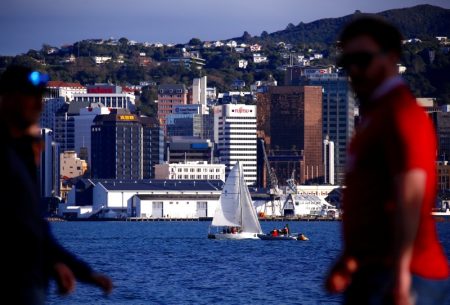The numbers: The cost of U.S. goods and services rose by a milder 0.3% in February, perhaps a sign the Federal Reserve’s fight against high inflation is showing grudging progress.
Prices had risen by a sharp 0.6% in January, based on the so-called PCE index.
The yearly increase in prices declined to 5% from 5.3% in the prior month, the government said Friday, marking the lowest level in more than a year and a half.
That’s still about three times the rate of inflation before the pandemic, however.
Senior Federal Reserve officials have signaled they plan to raise interest rates just once more before pausing to determine how much a sharp increase in borrowing costs brings down inflation. The Fed has jacked up its key short-term U.S. rate to a top end of 5%, a remarkably fast acceleration from nearly zero one year ago.
Higher interest rates temper inflation by slowing the economy, but the effects can sometimes take up to a year or more to be fully felt. The Fed wants to avoid going too far or cause any more stress on the U.S. financial system after the failure of Silicon Valley Bank.
After the PCE report, Boston Federal Reserve President Susan Collins said the central bank “has more work to do” to get inflation lower in an interview with Bloomberg.
Key details: The more closely followed core index also increased 0.3% last month, matching Wall Street’s forecast.
The core rate of inflation in the past 12 months slipped to 4.6% from 4.7%.
The PCE is viewed by the Fed as the best predictor of future inflation trends. It is formally known as the personal consumption expenditures price index.
The central bank pays especially close attention to the core gauge that strips out volatile food and energy costs.
Unlike it’s better-known cousin, the consumer price index, the PCE gauge takes into account how consumers change their buying habits due to rising prices.
They might substitute cheaper goods such as chicken thighs for more expensive ones like boneless breasts to keep costs down. Or buy generic medicines instead of brand names.
The CPI showed inflation rising at a 6% yearly rate in February.
Big picture: The Fed is trying to straddle a fine line: Bring inflation back down to its 2% target, but without causing a severe economic reaction.
Whether the Fed will be able to hold the line on just one more rate hike is far from certain.
If inflation stays high, the central bank would have to end its pause on rate hikes and risk a recession. A slim majority of economists, in fact, already believe a downturn is imminent.
Steadily falling inflation, on the other hand, could allow the Fed to pull a rabbit out of the proverbial hat.
Looking ahead: “For an economy looking to avoid recession, this was a good report,” said Robert Frick, corporate economist at Navy Federal Credit Union.
“For the Fed, it could be one and done in May,” said senior economist Sal Guatieri of BMO Capital Markets.
Market reaction: The Dow Jones Industrial Average
DJIA,
and S&P 500
SPX,
rose in Friday trades. The yield on the 10-year Treasury note
TMUBMUSD10Y,
declined several basis points to 3.53%.
Read the full article here













